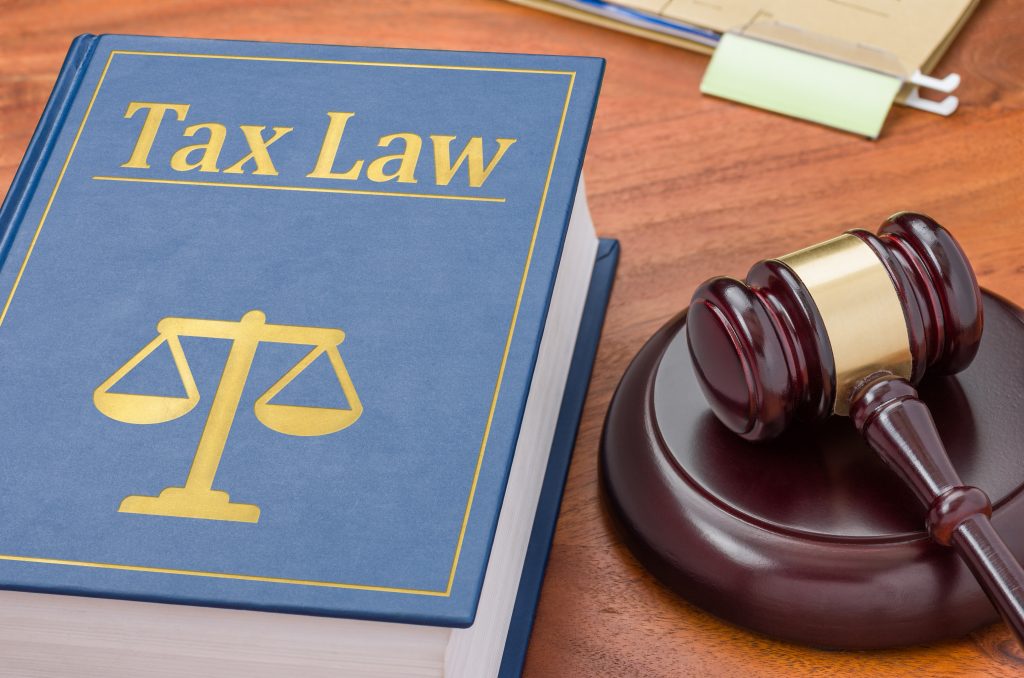The 1031 exchange refers to a section of the Internal Revenue Code that was conceived of in 1954 as an amendment to Section 112(b)(1) of the tax code. While the reach of the 1031 exchange has changed since its original inception, the main benefits of this exchange have remained the same. A 1031 exchange allows like-kind property—including both real and personal property—to be exchanged on a tax-deferred basis under certain circumstances. This exchange first encompassed assets such as securities, real estate, franchises, collectible art, and other assets. However, after the 2017 Tax Cuts and Jobs Act passed, the only category of property that was covered was real estate.
In general, there are two main benefits to utilizing a 1031 exchange. The first advantage is that when using this exchange, you are able to defer capital gains tax. The second and more beneficial advantage to using this exchange is that one can grow a real estate portfolio with only a small initial investment.
1031 Exchange Basics
To be able to use a 1031 exchange, real estate must be “held for productive use in a trade or business or for investment.” Further, real estate that is held primarily for sale is not eligible for the 1031 exchange. Though there are restrictions for property in 1031 exchanges, the types of real property included under the 1031 exchange include:
- duplexes, triplexes, etc.
- factories
- townhomes
- warehouses
- distribution centers
- apartment buildings
- raw land
- single-family homes
- commercial buildings (retail, office, etc.)
Like-Kind Requirement
Essentially, a real estate investor can exchange any property—as long as it falls under the specifications above—for like-kind property and not have to pay capital gains taxes when they sell the first property. Additionally, the properties do not have to be of the same grade or quality and only have to be like-kind, of the same nature, or character to be eligible for the 1031 exchange.
Another benefit of the 1031 exchange is that there is no limit on the number of like-kind exchanges you can do during your lifetime and no cap on the capital gains tax that you can defer. Additionally, a real estate investor that utilizes a 1031 exchange can legally defer capital gains tax forever.
Time Restrictions
When looking to utilize the 1031 exchange, understanding the time restrictions with this financial tool is critical. The first-time restriction you must understand is that once you sell a property, you have to state the next property you are investing in within 45 days of the first property closing date. You can identify up to three properties that you intend to invest in during these 45 days.
The second important time requirement that you must understand is that you must take possession of the new properties within 180 days of the first property’s date. The other timetable is “the due date (determined with regard to extension) for the transferor’s return of the tax imposed by this chapter for the taxable year in which the transfer of the relinquished property occurs.”
One important note regarding both of these time restrictions is that the day count is in actual days and not business days. Thus, when selling a property, you have about a month and a half to identify your next property and close to six months to close on the new property.
Keep Title in the Same Name
Another important thing to understand is that every property you buy and sell as a 1031 exchange must all have the same taxpayer name on the title. The IRS takes this very seriously and literally. Thus, you cannot sell a property under your personal taxpayer name and then buy a property under your business name. Furthermore, you cannot add your spouse or business partner’s name to the title either. If there are any discrepancies concerning the names on the titles of properties, you will likely be disqualified from using the 1031 exchange for the particular transaction.
Final Thoughts
Leveraging the 1031 exchange can be a great way to build wealth. The ability to defer capital gains tax on an unlimited number of property sales allows you to build generational wealth.
For example, you could simply start out with a $20,000 down payment on a rental property. A few years later, your property has appreciated in value. Additionally, you have paid off a decent portion of the mortgage from the rental payments you receive. At this time, you decide to sell this property and take the original $20,000 you invested and the profit you received from selling the property to purchase a bigger and better property. Best of all, you do not have to pay capital gains taxes on the profit you made.
There is no limit on the number of times you can utilize the 1031 exchange. Thus, you can continue this cycle of upgrading properties for as long as you live. Additionally, as you can identify up to three properties in a given 1031 exchange. So you can not only upgrade but also expand your real estate holdings.
Leveraging the 1031 exchange is a great option to grow your wealth. However, it is imperative that you understand the rules and regulations that come with this process. With over twenty years of experience, the real estate attorneys at Antonoplos & Associates have to knowledge and experience required to assist with a myriad of real estate issues in DC, Maryland, and Virginia.
Contact Our DC Law Office for More Information
Finally, for more information regarding what is a 1031 exchange, contact us at 202-803-5676. You can also directly schedule a consultation with one of our skilled attorneys. Additionally, for general information regarding real estate law, check out our blog.

